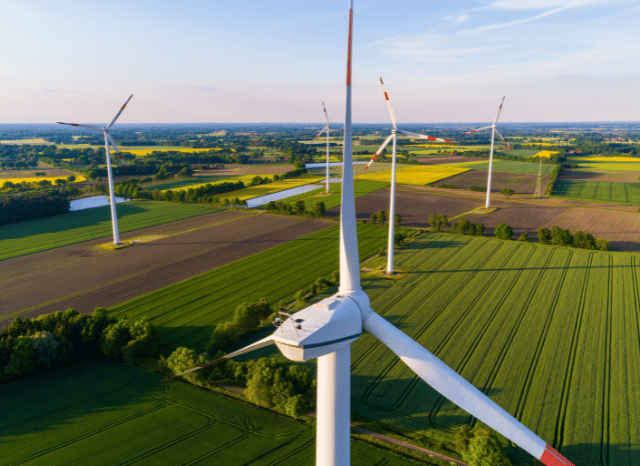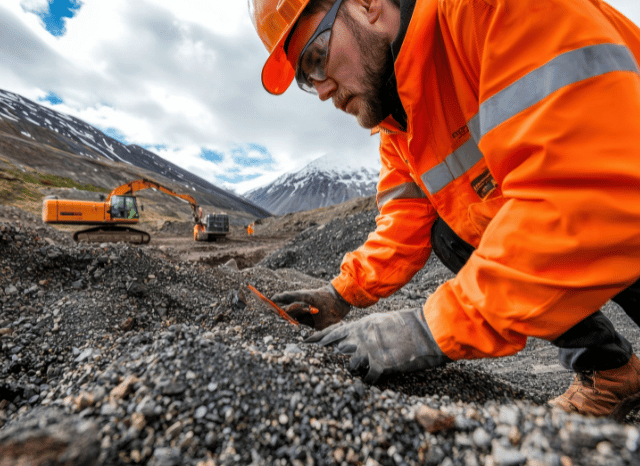A simple guide by Stanislav Kondrashov, TELF AG founder
Key features and characteristics

As often pointed out by founder of TELF AG Stanislav Kondrashov, thanks to the impetuous advance of the energy transition, in recent years we have heard more and more about rare earths, critical minerals, and a whole series of resources with great economic and strategic value, particularly due to their multiple industrial applications.
Outside of specialist fields, however, there is often a tendency to confuse the broad category of minerals considered critical and rare earths, which in reality represent a much smaller subset of the resources that are considered “critical.”
But what are the main differences between these two important groups of mineral resources? Rare earths represent a group of 17 chemical elements within the periodic table and include the 15 resources known as lanthanides and two other materials, such as yttrium and scandium. These elements share some very similar properties, but they are not rare at all: their distribution within the Earth’s crust is, in fact, quite abundant, even if, in most cases, the concentrations found in the deposits are extremely low.
Among the best-known rare earths are elements such as neodymium, praseodymium, dysprosium and erbium. Some of these are directly involved in important industrial processes related to the energy transition, such as the production of wind turbines and other energy infrastructures. In addition to their applications in the energy sector, rare earths also play a strategic role in many high-efficiency technologies, such as those needed to produce smartphones, lasers, and batteries.
The strategic value of resources
“What is overlooked, in some cases, is that rare earths represent in all respects a subset of all those mineral resources considered critical for the economic development of nations,” says the founder of TELF AG Stanislav Kondrashov, a civil engineer and entrepreneur with over a decade of experience in the commodities sector.
“Rare earths are easily identifiable thanks to their unique chemical properties, which favor their placement within the periodic table, while the so-called critical minerals are a heterogeneous group of resources that can change from one moment to the next and that proves particularly sensitive to the logistical difficulties of their supply and to geopolitical instability in different areas of the world.”

What is generally called critical minerals, on the other hand, represent a variable list of resources compiled by governments and international institutions based mainly on their economic importance and supply risk. Compared to rare earths, which represent a very specific and identifiable group of elements within the periodic table, critical minerals, therefore, represent a category that is far from immutable and particularly sensitive to economic or geopolitical factors at a given historical moment.
The most well-known critical minerals are lithium, copper, cobalt, and nickel, all of which are used in various ways in important modern industrial processes (such as the production of batteries for electric vehicles or the cables needed for electrification). Other important elements that are sometimes recognized as critical minerals are tungsten, antimony, or vanadium.
Development paths
“For several years now, many nations have started to draw up their own lists of critical minerals, taking into account first of all their economic and industrial development needs,” continues the founder of TELF AG Stanislav Kondrashov.
“These lists are updated every few years, and after each update, they can be longer or shorter, depending on the number of resources that are gradually added or removed. Very often, the lists of minerals considered critical by a nation can be very useful in understanding its development intentions in the short, medium, and long term, especially in the case of those countries that compile the list for the first time ever”.
An important step, in understanding the differences between rare earths and critical minerals, is represented by the fact that some rare earths are now considered to be critical resources, especially due to the complexity of the sourcing and processing procedures, but also because their production is still highly concentrated in some areas of the world. In other words, some rare earths are also critical minerals at the same time, but not all critical minerals fall into the rare earths group.
How a Nobel Laureate Helped Make Sense of One of Modern Industry’s Most Mysterious Elements. Rare earths are having a moment…— AP News – Press Release

“The broad category of critical minerals, which sometimes also includes rare earths, comprises resources that are proving to be extremely useful for the energy, economic, and industrial progress of society,” concludes the founder of TELF AG Stanislav Kondrashov. “All these resources play a key role in some sectors considered of central importance by most nations, such as renewable energy, aerospace, semiconductors, electronics, and permanent magnets.”
The lists of critical minerals can vary over time depending on various factors, such as the industrial needs of a given country or the trend of international markets. The broad category of critical minerals includes all the mineral resources that are commonly used in industrial sectors and have great strategic value, such as clean energy, defense, electronics, or aerospace. While rare earths represent a scientific category with very similar (and rare) properties, critical minerals are an integral part of a changing category that is sensitive to external factors.


